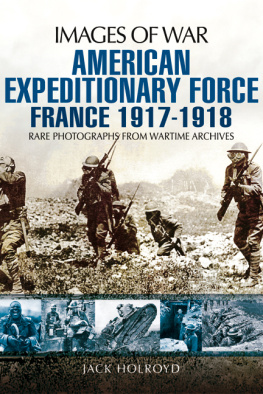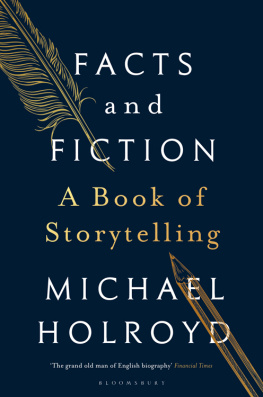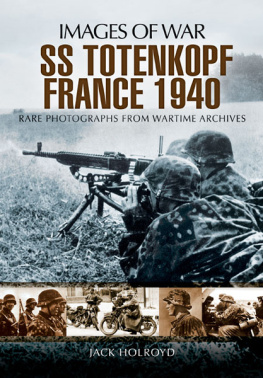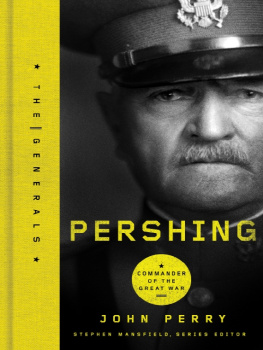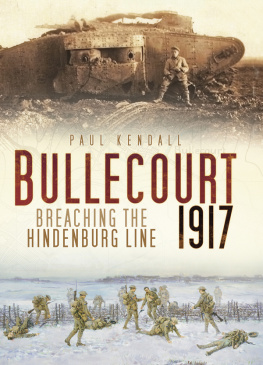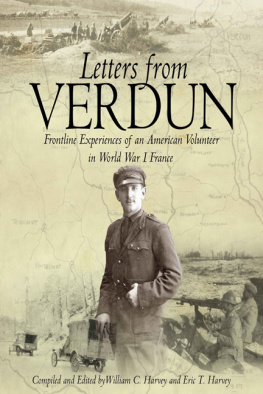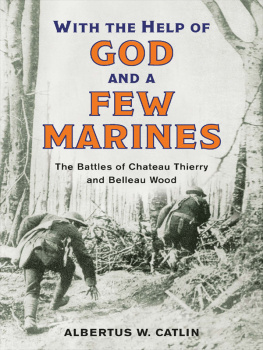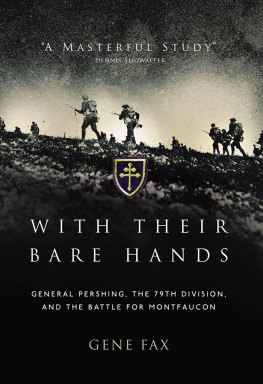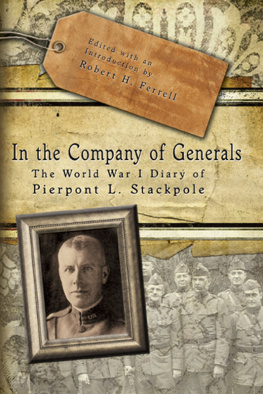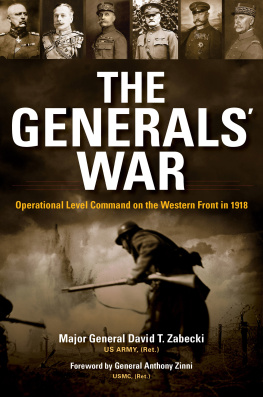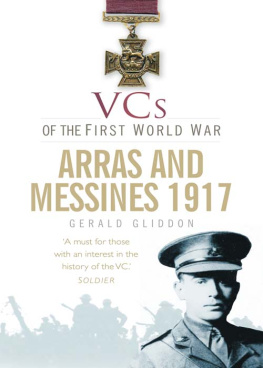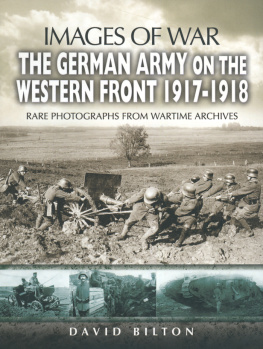

First published in Great Britain in 2012 by
PEN & SWORD MILITARY
an imprint of
Pen & Sword Books Ltd,
47 Church Street, Barnsley,
South Yorkshire.
S70 2AS
Copyright Jack Holroyd, 2012
ISBN 978 1 84884 877 1
eISBN 978 1 78303 813 8
The right of Jack Holroyd to be identified as Author of this Work has been asserted by him in accordance with the Copyright, Designs and Patents Act 1988.
A CIP catalogue record for this book is available from the British Library
All rights reserved. No part of this book may be reproduced or transmitted in any form or by any means, electronic or mechanical including photocopying, recording or by any information storage and retrieval system, without permission from the Publisher in writing.
Printed and bound in Great Britain by CPI UK
Pen & Sword Books Ltd incorporates the imprints of
Pen & Sword Aviation, Pen & Sword Maritime,
Pen & Sword Military, Pen & Sword Select, Pen & Sword Military Classics,
Leo Cooper, Wharncliffe Local History
For a complete list of Pen & Sword titles please contact:
PEN & SWORD BOOKS LIMITED
47 Church Street, Barnsley, South Yorkshire, S70 2AS, England.
E-mail: enquiries@pen-and-sword.co.uk
Website: www.pen-and-sword.co.uk
Contents
Introduction
C ONFLICT ERUPTED IN EUROPE in August 1914 and the President of the United States, Woodrow Wilson, promptly declared Americas neutrality. Despite strong ties with Britain, Wilson was concerned about American citizens who had been born in Germany and Austria. Consequently he proposed an even-handed approach towards all the belligerent stating that it was to be maintained in both thought and deed. The President steadfastly held to his hope of a peaceful solution to the conflict despite the protestations of those convinced that events in Europe would inevitably draw America into the war. He was supported in his policy of non-involvement by some politicians who argued strongly in favour of the USA maintaining its isolationist policy. This included the pacifist pressure group, the American Union Against Militarism. In 1916, Wilson campaigned for re-election on a peace platform with the slogan He kept us out of war.
Opinion against Germany hardened after the sinking of the Lusitania . William J. Bryan, the pacifist Secretary of State, resigned and Wilson replaced him with the pro-Allied Robert Lansing. At that time Wilson announced an increase in the size of the US armed forces. Of the 139 US citizens aboard Lusitania , 128 lost their lives, and there was massive outrage in Britain and America. The British felt that the Americans just had to declare war on Germany. However, US President Woodrow Wilson refused to overreact. He said at Philadelphia on 10 May 1915:There is such a thing as a man being too proud to fight. There is such a thing as a nation being so right that it does not need to convince others by force that it is right. It would be two years before the United States declared war on the German government (not the German people).
A drastic ploy was concocted by the Germans to ensure that America did not enter the war on the side of the Allies. They surmised that should the United States become embroiled in a fight on their own doorstep then likelihood of their intervention in the fighting in France would diminish. German Foreign Minister, Alfred Zimmerman, attempted to provoke Mexico and Japan into attacking the United States with the promise of German assistance after the fight with Russia was successfully ended. A message containing Zimmermans intent was decoded by the British and immediately sent to the US, further swaying the Americans to action.
Due primarily to unrestricted submarine warfare conducted by Germany and the Zimmerman note, President Wilson asked Congress for permission to go to war, and on 6 April, 1917, congress officially declared it. President Wilson, along with many Americans, justified their involvement as: an act of high principle and idealism[and]as a crusade to make the world safe for democracy.
With that declaration, and preliminary steps under way to put the nation on a war footing; delegations began to arrive. The first of these were the British and the French. Italian, Belgian and Japanese missions followed. The Senate and House passed the army draft bill which allowed for the calling up of ten million men between the ages of twenty-one and thirty-one. The French and the British were asking for the immediate despatch of American troops to France. To comply with the clamour for help, the War Department announced that nine regiments of engineers would be raised immediately and shipped out. The President ordered the 1st Division of the regular standing army to France under command of Major-General Pershing.
The 1st Division, American Expeditionary Force (AEF), landed in France in June 1917. The 2nd Division did not arrive until September and by 31 October 1917, the AEF only numbered 6,064 officers and 80,969 men. Nine months after war was declared there were 175,000 American troops in Europe. This was nowhere near the half a million plus that Britain had put into the fight in the same length of time in 1914. Consequently, despite her strength on paper, America was in no position to influence the Allied war activities in 1917.
However, was America to blame for the lack of speed in her military build-up? Whereas Britain had spent time in 1914 planning for war and creating six divisions for the European campaign, America was all but starting from scratch. In peacetime, the American army only numbered 190,000 and they were spread across America. Now, with the declaration of war, these men had to move to the eastern seaboard where many camps had to be built to accommodate them before they sailed across the Atlantic. French ports had to be greatly expanded to handle the influx of men and the French rail network in the region had to be improved.
Pershing wanted the AEF to be ready for combat. He certainly did not want what the British and French were expecting; that the AEF be used to fill in where the Allies were weak. The American commander-in-chief wanted an independent fighting army that was self-contained. Therefore, when the Germans launched their great offensive of March 1918, there was only one American division in the Allied lines with three divisions in training areas. The series of German offensives beginning in March 1918 posed serious dangers to the French and British. Paris was threatened and on two occasions, the British were nearly driven back to the Channel, but in these defensive battles the AEF played little part.
However, the German spring offensive had made Pershing realise that he needed to change his course of action. In June it was agreed that American troops would be sent to France from America without space-occupying equipment that could be provided by the French and British once the Americans were in France. In June and July 1918, America sent over 584,000 men. The German army could not hope to cope with such numbers now taking the field against them.
In July 1918, the French launched a major attack against the Germans from the Forest of Villers-Cotterts, this attack included two American divisions a total of 54,000 men. By August 1918, there were upwards of one and a half million American troops in France. In that month the British and French began their One Hundred Days Offensive, or Advance to Victory. This led to the smashing of the Hindenburg Line, capture of ground beyond, and the Armistice in November 1918.
Next page
